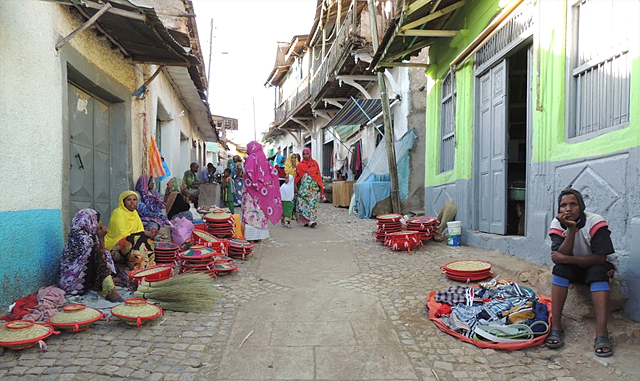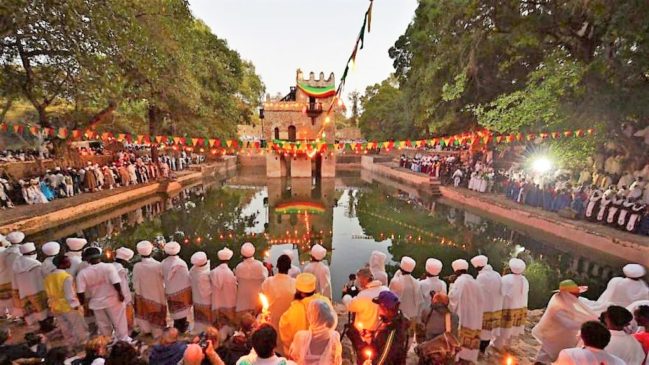Harari people proudly preserve their world heritage home
The expanding borders of Ethiopian natural conservation and eco-tourism has yet to reach the distant eastern city of Harar, but the people seem to do just fine preserving their world heritage site on their own, writes Emilie Maarbjerg Mørk
“You are looking in the ferenji bible?” the young city-guide Hamdi Mhamedi asks as he enters the sunny courtyard of one of the old cultural guesthouses of Harar.
He has seen tourists with their noses buried in the much used guide book Lonely Planet many times since it made the old town in Harar, Jegol, the number one recommendation to visitors in Ethiopia, extensively describing the culture and history in its pages.
The hype is well worth it. The hundreds of years old UNESCO World Heritage Site fully meet your expectations. Walking around in the cobblestone-paved streets that winds around the colorful Harari houses is a unique experience. Here you will find no noise and hurry – just welcoming smiles from the local residents.
Preserving is the first priority
It is obvious that the people of Harar are keen to protect their world heritage home. The streets of the old town are well cleaned, and the outside of the more than 400-year-old wall surrounding the only one square km area is constantly being restored, and more and more is now exposed to the eyes of tourists.
Hamdi Mhamedi explains that the local government has started a plan to reveal the entire outside of the 3.5 kilometers long wall which is now hidden by houses and vendors in several places.
“In less than a year they should have rehoused all the affected residents and torn down the buildings. Then the process of planning green areas can start. Of course some residents are unsatisfied that they have to leave, but the local government offer them new homes for very good prices instead,” Hamdi Mhamedi says.
Already some green parks with small wooden cafés are made along the walls where the work is finished. Unfortunately, they are quite ghostly to walk around in since locals and tourists do not seem to have started using them yet. Dinir Elias, who is studying environmental planning and landscape in Addis Ababa, thinks that the areas still lack functionality and a link to the city.
“I came to Harar to research on the landscape around the old city because I want to find potential ways of improving the areas’ integration with the city. I plan to make a proposition to the local government on how to best design the areas when I am finished,” Dinir Elias says.
He is optimistic about the plan however, and he is sure that the areas will at some point be taken in use as intentioned.
Read more at: The Reporter





